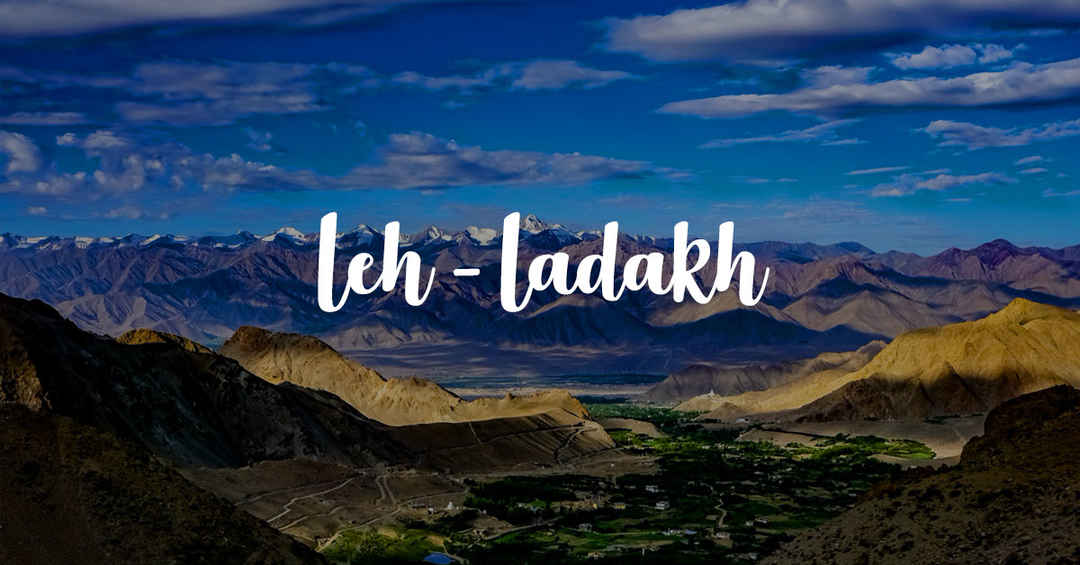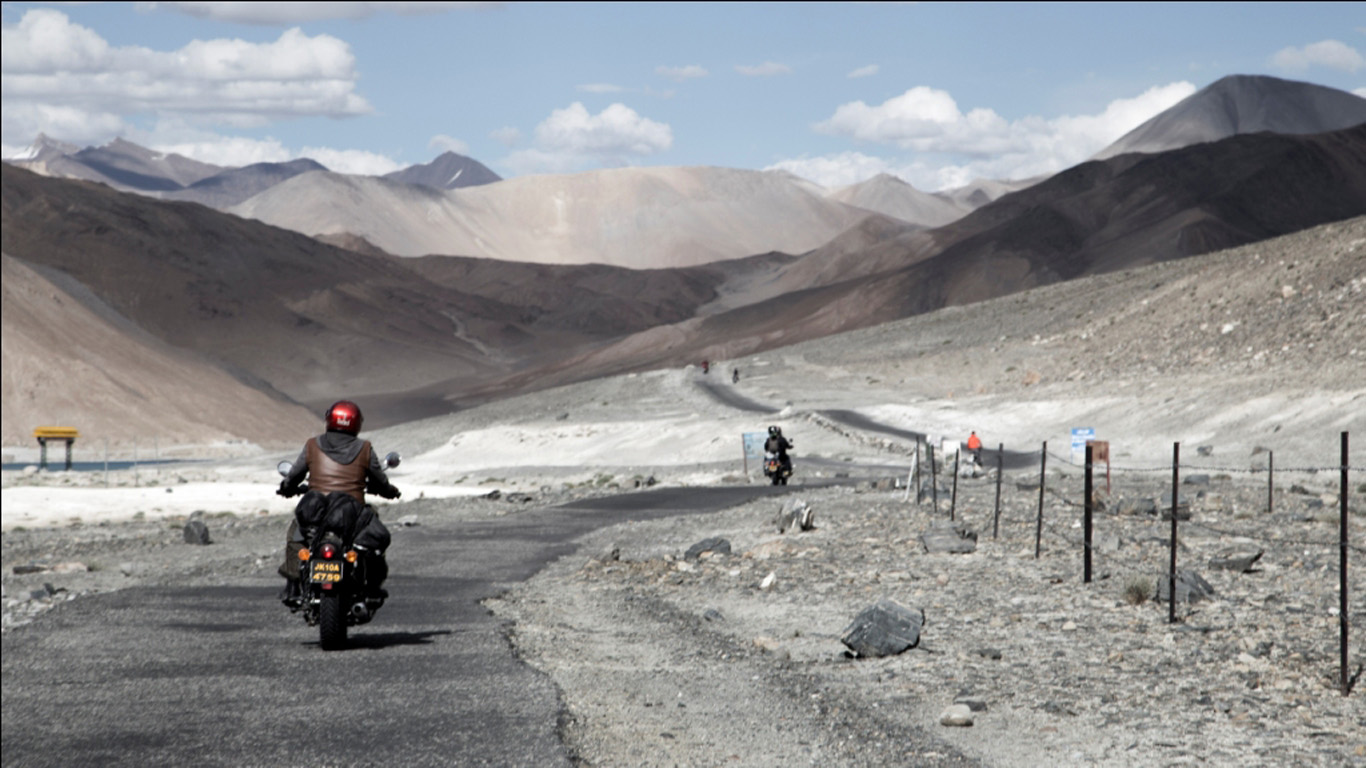LADAKH TOURIST GUIDE
Ladakh, in the Indian state of Jammu and Kashmir, is one of those places where it is almost easier to tell you what isn’t there, in order to highlight what is so wonderful about it. First, there are the Himalayas and mountain passes that go up to 6,000m but not ones that require highly trained alpinism skills. Just a passion for trekking. Second, there are practically no tourists outside July, August and September. Third, forget WiFi or mobile signal outside Leh. Fourth, despite what people believe, there is no travel warning here. That was lifted in 2012.
The largest province of the state of Jammu and Kashmir, Ladakh, is a high-altitude land with beautiful deserts, mountains, deep valleys, and picturesque landscapes.
The city of Ladakh is situated between the Himalayas and the Karakoram Mountains, near the borders of India, China, and Pakistan. It is seated at an altitude of over 11,000 feet above sea level. The district houses the Zanskar Mountains, one of the highest mountain ranges in the world, at 7756 metres (25,446 ft), in the south. Further east, the Ladakh Mountains rise in tiers from a central valley through which the Indus River flows. It is bounded on the north by the Stod Valley.
The word ‘Ladakh,’ known in Tibetan as ‘La-dvags,’ means ‘the land of high passes.’ With an average height of more than ten thousand feet and numerous snow-capped peaks and glaciers, Ladakh is a high-altitude cold desert.
The region boasts of a unique climatic condition. Ladakh, one of the highest regions of the world, experiences sub-zero temperatures during winter. Nighttime temperatures remain below -5°C most of the time during winter. Winters remain chilly, with snowfall common between December and February, which happens to be the best time to visit Ladakh if you love the winters.
Due to its difference in altitude, climate, culture, and history from the mainland, this geographical area has emerged as one of the most popular tourist destinations in India.
Ladakh Culture
Primarily occupied by Buddhists and Muslims, the main language spoken here is Ladakhi, although it has a touch of Urdu and Tibetan influence too. The culture of Ladakh is distinct from the rest of the country. It has a unique blend of Tibetan, Central Asian, and Indian cultures. This amalgamation is attributed to the high altitude and remoteness of the region.
The region is predominantly characterised by the traditions of the Nambardar (commonly referred to as Chamba'i in the region) Order. This social group follows a strict and regimented system of hierarchies and ranks. The Nambardar were once part of an order that included household servants and military elites.
Ladakh has a rich cultural heritage of folk dance and folk songs. Their day-to-day life is filled with folk songs and dance. Their folk dance is known for colourful costumes and gentle movements. During festivals, the Changthang people perform the Jabro Dance. The Shon dance is performed on every festive occasion.
Folk dance forms, music, cuisines, and festivals are the main highlights of the place:
There are many folk dance and song forms of Ladakh. Some folk dance forms like Changura, Sumda Kailash, Tingsha Tungnak, Mugal, and Jogia are performed by all the age groups in Ladakh. Folk songs that you can listen to and enjoy in Ladakhi style range from themes of social issues to common day-to-day events.
Popular music includes Chushur, Than, and Gurnak songs. Chushur is a local song form popular among children, whereas Than is an oral song among the Buddhist monasteries. Gurnak is a form of dance music, and also a vital part of the social and cultural life of Ladakhis during festivals.
The cuisine here has Tibetian, Indian, and Chinese influences and includes dishes like Thukpa (a noodle-based soup), Chuttagi (literally translating to water bread), Tingmo (steamed Tibetan bread), Chhurpe (dried yak cheese), and butter tea.
The festivals here are a sight for sore eyes and include the Losa Festival, Hemis Festival, Dosmochey Festival, and Spituk Gustor.
Ladakh is an extremely beautiful and historically important tourist destination in India. The region is popularly known as the ‘Land of Monasteries’ owing to the high number of monasteries and guest houses it holds that date back to 600 AD.
LADAKH........



Comments
Post a Comment